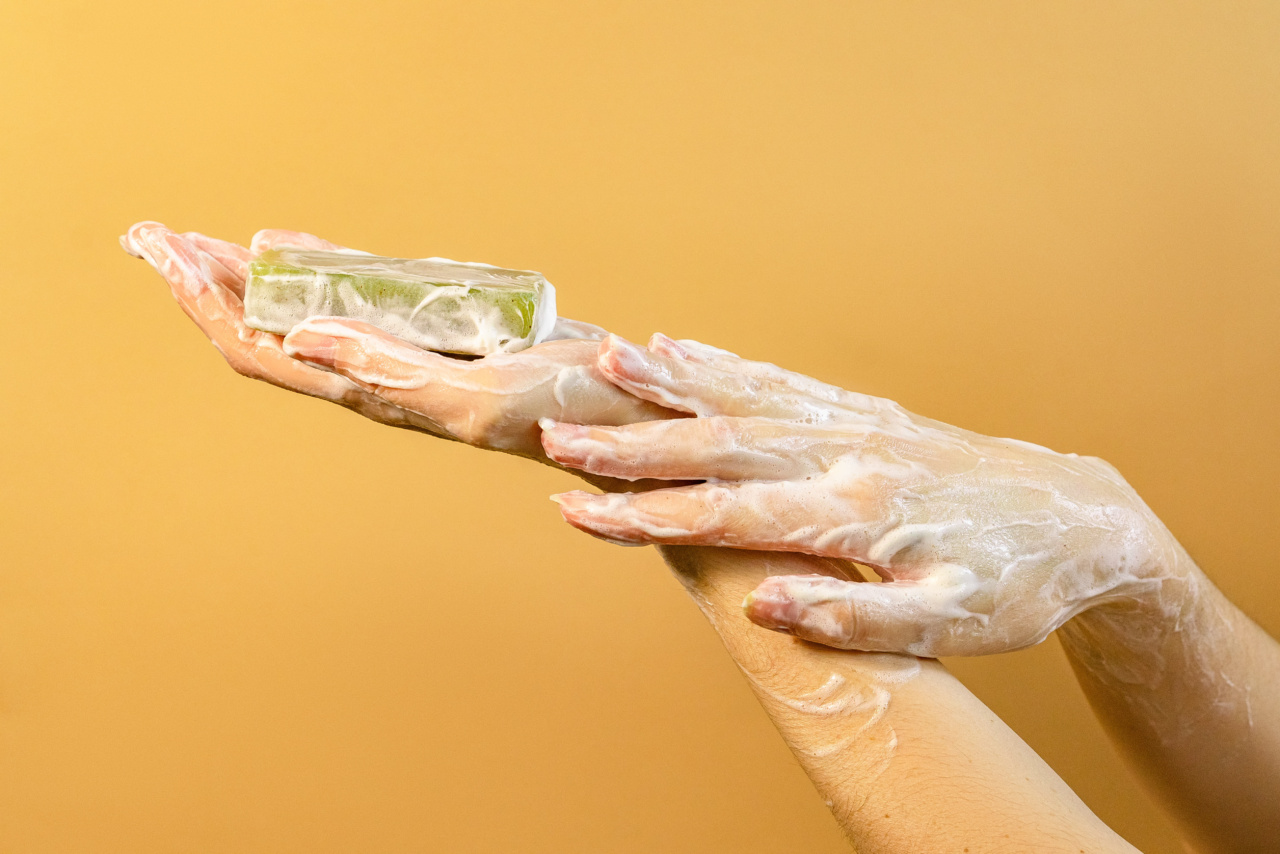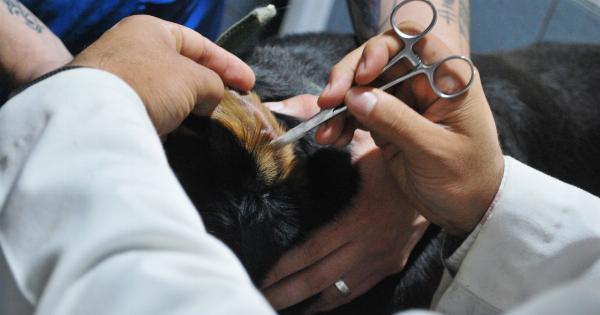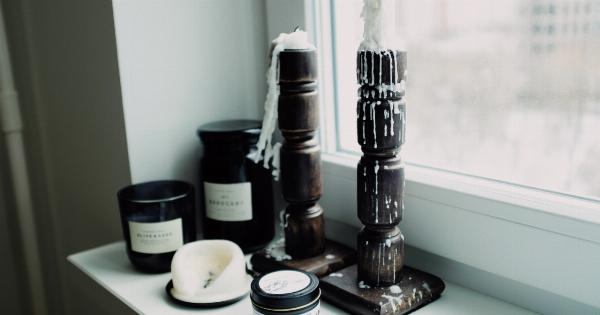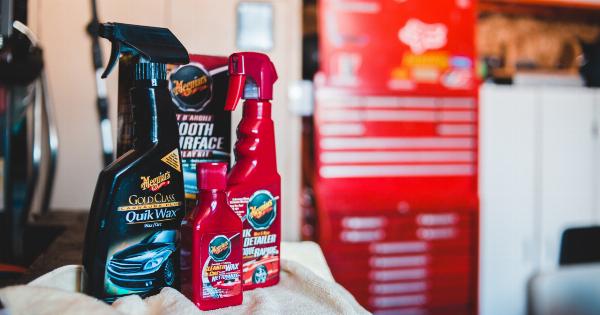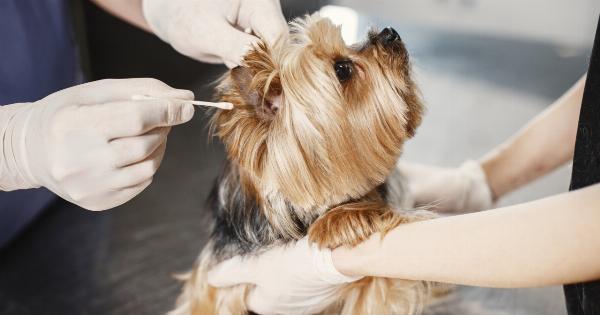Having healthy ears is essential for good hearing and overall well-being. Regular ear cleaning is necessary to remove excess earwax and prevent the buildup of debris, which can lead to hearing problems and other complications.
However, it is important to clean your ears properly and safely to avoid damaging your ear canal or eardrum. In this article, we will discuss some healthy ear cleaning techniques that you can follow to maintain good ear hygiene.
Why is ear cleaning important?
Earwax, also known as cerumen, is produced by the glands in the ear canal and plays a vital role in protecting the ear from dirt, bacteria, and other foreign particles.
It helps to trap these substances and prevent them from reaching the delicate structures of the ear. However, when the ear produces excessive earwax or when it is not cleaned regularly, it can accumulate and cause blockage in the ear canal.
This can result in a variety of symptoms including hearing loss, ear pain, tinnitus, dizziness, and even infections. Therefore, proper ear cleaning is necessary to remove excess earwax and maintain good ear health.
Healthy ear cleaning techniques
1. Do not use cotton swabs or other objects
Many people use cotton swabs or other objects like bobby pins, toothpicks, or paper clips to clean their ears.
However, this is not recommended, as it can push the earwax further into the ear canal, causing it to become impacted and leading to various problems. It can also damage the delicate skin of the ear canal or eardrum, causing pain, irritation, or even injury. It is best to avoid inserting anything into your ear canal and let the earwax come out naturally.
2. Use ear drops
If you have excessive earwax that is causing discomfort or hearing problems, you can use over-the-counter ear drops to soften the wax and facilitate its removal.
These drops usually contain oils or hydrogen peroxide that help to break down the wax and make it easier to remove. Follow the instructions provided on the packaging for the correct usage and duration. Once the wax is softened, it can often come out on its own. You can also rinse your ear gently with warm water to aid the process.
3. Try ear irrigation
If ear drops alone do not work, you can try ear irrigation to remove excessive earwax. This involves flushing the ear canal with a gentle stream of warm water using a specialized ear irrigation kit.
It is important to use lukewarm water to avoid discomfort or dizziness. Follow the instructions provided with the kit carefully to perform the procedure correctly. Ear irrigation should not be performed if you have a history of ear infections, a perforated eardrum, or other ear conditions.
It is recommended to consult a healthcare professional before attempting ear irrigation.
4. Seek professional help
If you are unsure about how to clean your ears or if you are experiencing severe symptoms such as pain, hearing loss, or persistent earwax blockage, it is best to seek professional help.
An ear, nose, and throat specialist or an audiologist can examine your ears, determine the cause of the problem, and perform the necessary cleaning procedures if required. They have the expertise and specialized tools to safely remove excessive earwax without causing any harm to your ears.
5. Maintain regular ear hygiene
Prevention is always better than cure. To avoid excessive earwax buildup and the need for frequent cleaning, it is important to maintain regular ear hygiene.
You can do this by gently wiping the outer part of your ears with a soft cloth or tissue after showering or bathing. However, avoid inserting anything into the ear canal as it can disrupt the natural process of earwax removal. If you are prone to excessive earwax production, your healthcare professional might recommend regular ear cleaning to prevent blockage.
Follow their advice and schedule regular check-ups to ensure your ears remain healthy.
Conclusion
Healthy ear cleaning techniques are crucial for maintaining good ear health and preventing hearing problems. Remember to avoid using cotton swabs or other objects in your ear canal, as it can be harmful.
Instead, use ear drops or try ear irrigation if necessary. It is always a good idea to seek professional help if you are unsure or experiencing severe symptoms. By practicing regular ear hygiene and taking necessary precautions, you can ensure that your ears remain clean and healthy.
